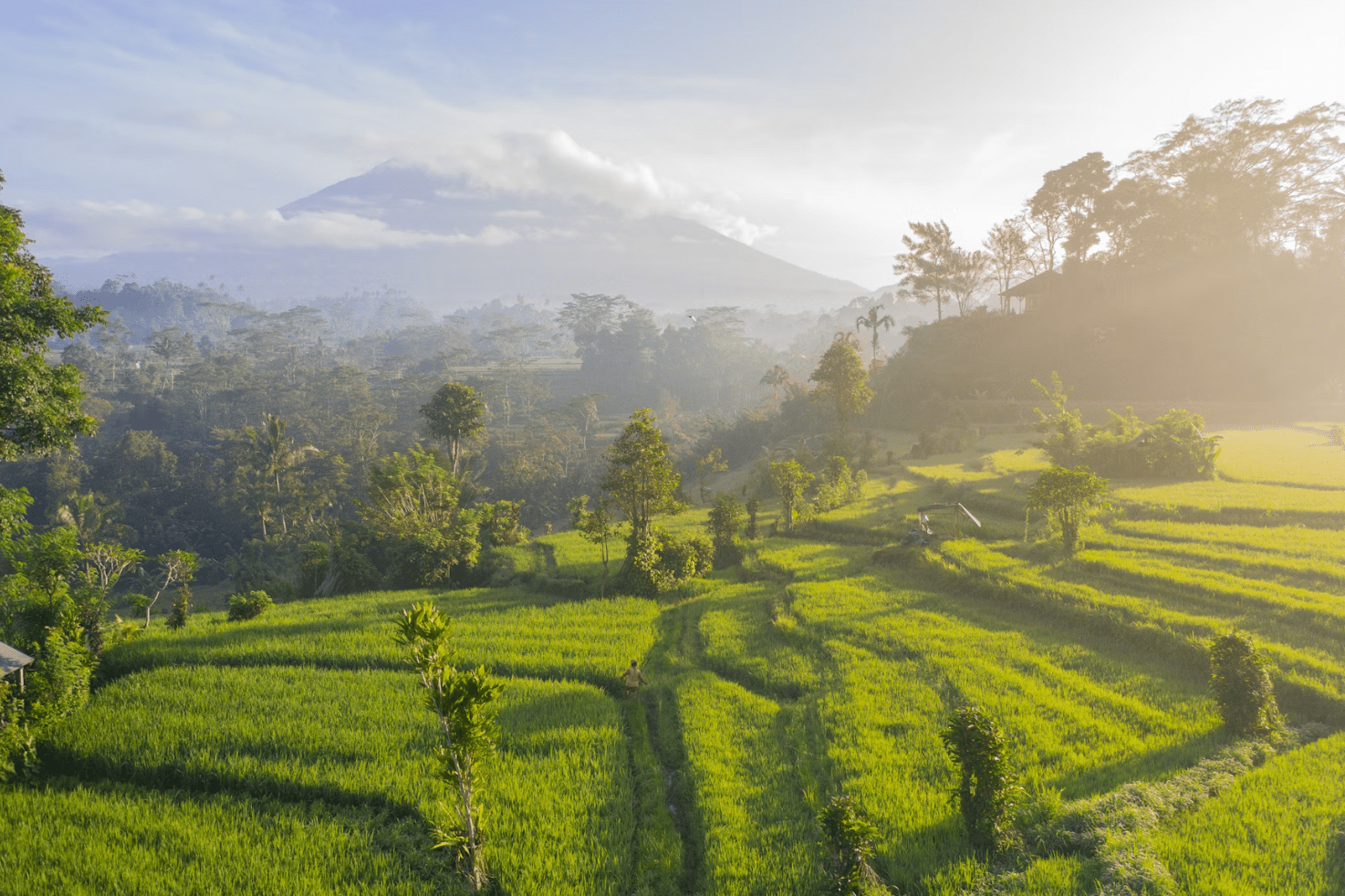
Eco-stays in Bali have become increasingly popular, and among the most iconic of them are the bamboo houses that blend architecture with nature. At first glance, these structures look like something out of a fantasy—elegant curves, open walls, and views over jungle canopies. But what’s it really like to live in one?
The experience starts with a shift in expectation. Forget air conditioning, TV, or sometimes even full walls. Living in a bamboo house means embracing nature, in all its beauty and unpredictability. Birds might fly in. Rain might wake you up. And yet, this closeness to the environment is exactly what many people come for.
Bamboo homes are surprisingly strong and sustainable. Built using traditional and modern techniques, they’re both earthquake-resistant and biodegradable. They often rely on solar panels, composting toilets, and natural ventilation. It’s a lifestyle that prioritizes harmony over convenience, and simplicity over excess.
There are, however, trade-offs. Insects are part of the package. Sound carries more easily through open structures. And if you’re used to Western amenities, the transition might be jarring. Some eco-stays offer more luxurious features, but the essence remains: you are part of your surroundings, not separate from them.
Cost-wise, bamboo houses range widely. Some are budget-friendly and rustic; others are high-end, artistic marvels that cost as much as a hotel suite. What you pay for is not just space, but experience—a night in a house that breathes with the jungle and moves with the wind.
Living in a bamboo house redefines what comfort means. It’s less about isolation from nature and more about coexistence. For those seeking reconnection, inspiration, or a break from the artificial, it offers a kind of peace that can’t be replicated by four concrete walls.